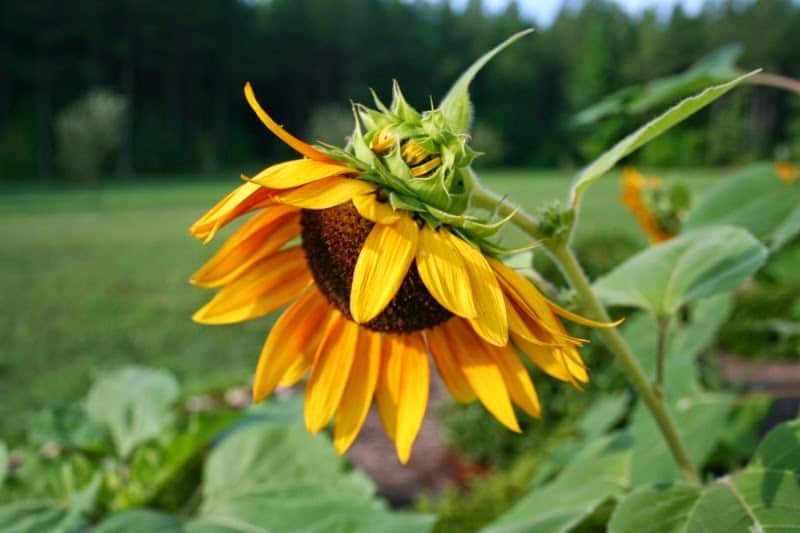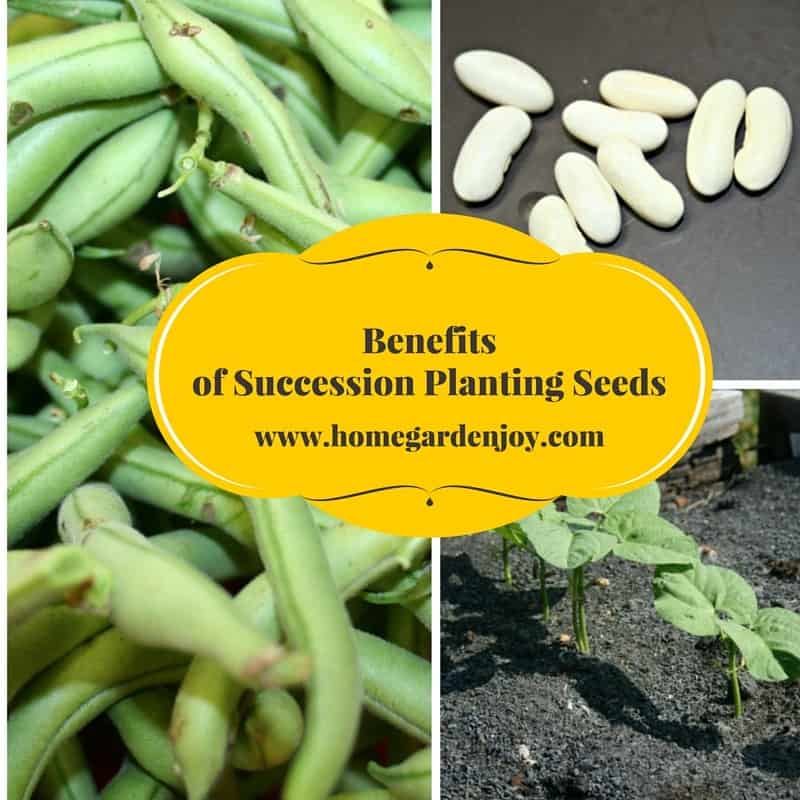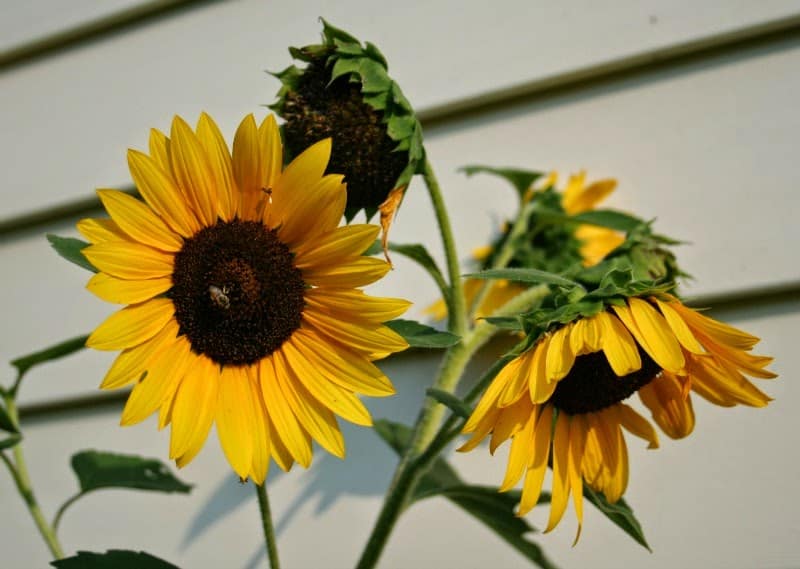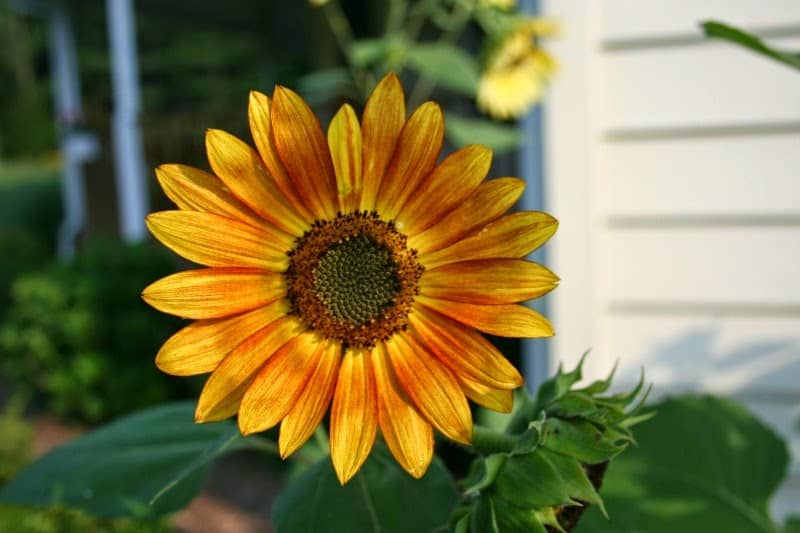There are many benefits of succession planting seeds. A continual bloom or harvest is just one of the benefits of succession planting, or planting seeds at intervals.
Do you use succession planting in your garden? Succession planting means to plant a group of seeds, wait a week or two, then plant more seeds. It’s useful when planting lettuce and radishes, for example, so that you aren’t stuck with an onslaught of both vegetables at once. Succession planting means that there’s always a continuous crop of lettuce or radishes to harvest and you aren’t stuck with so much you can’t enjoy it.
I plant the first row of sunflowers in late April, then another in May. I forgot to plant more in June, but this week, I’ll add more seeds to the garden for a late fall bloom. I love sunflowers in the autumn, and a bouquet of them on the table when the weather turns crisp and cool sounds lovely.
 |
| My sunflower garden this week |
More Gardening Articles
If you enjoyed this article, you may also enjoy:








